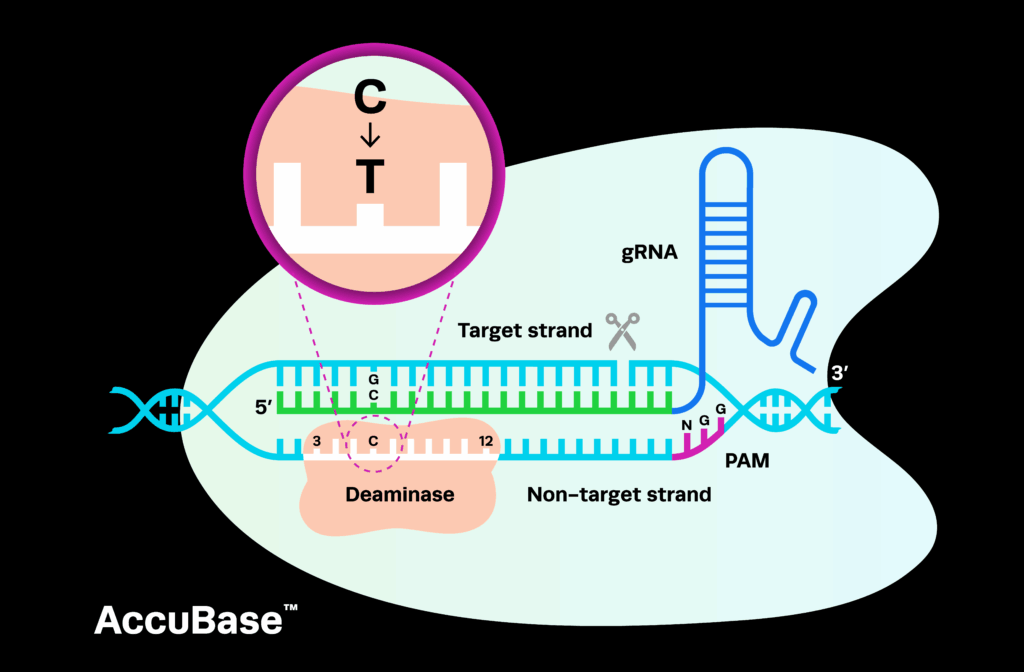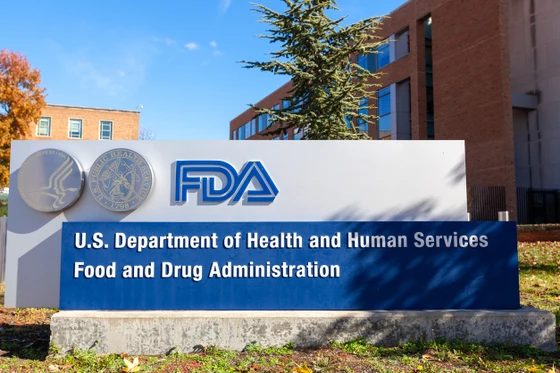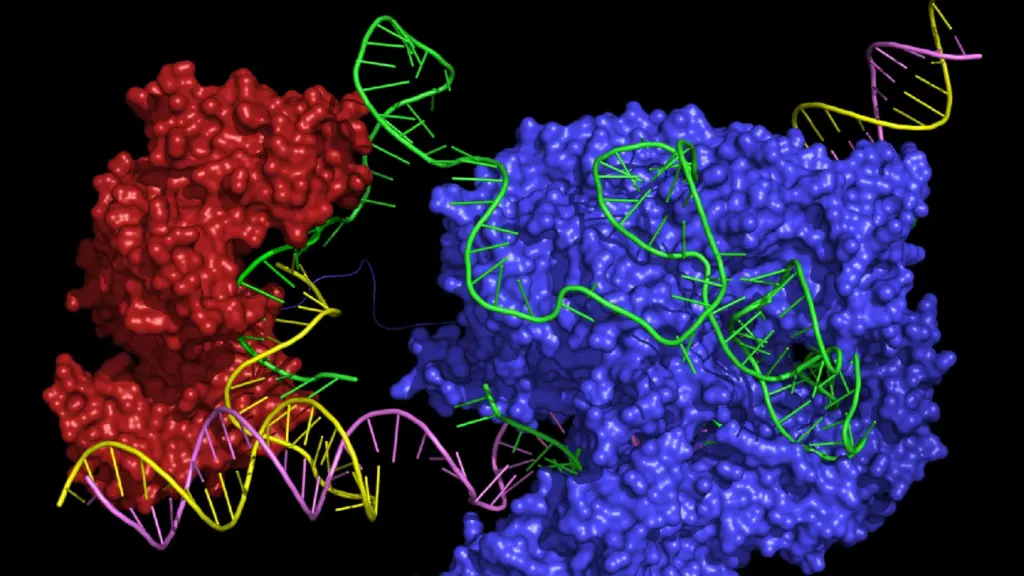
Developed less than four years ago, CRISPR is a fairly new technology, but excitement surrounding it has facilitated a rush toward clinical application. Scope for CRISPR is huge; theoretically we understand the process of using this efficient and highly precise method to cure relatively simple diseases that involve only single mutations in the genome. The ability to effectively ‘fix’ the ‘broken’ genes that cause diseases such as cystic fibrosis, Huntington’s disease and sickle cell anemia could have life-changing implications on human patients.
However, what we haven’t seen yet is proof that CRISPR technology can safely be used in human patients. That brings us to this week, a historical week for CRISPR.
Advances over the past 40 years have fueled the introduction of revisions to National Institutes of Health (NIH) Guidelines, this time including amending the criteria and process for how human gene transfer protocols would be selected for review by the Recombinant DNA Advisory Committee (RAC). The RAC was established to weigh the risks of studies involving gene therapy, and also investigate reports of deaths and side effects resulting from gene therapy. This amendment to their remit limited in-depth review and public discussion to exceptional cases in the hope that the RAC will be able to devote its full resources to where they are most needed. In gene therapy cases the protocols submitted for review by the RAC are progressing closer to the realm of clinical application, and with this level of scientific evolution comes ethical challenges and the prospect of unknown and dangerous side effects.
The RAC’s first exceptional case occurred this week. During the 21st and 22nd June meeting, the RAC reviewed and approved a proposal from the University of Pennsylvania, which aims to conduct the first in human use of gene editing using CRISPR/Cas9 technology.
How will CRISPR therapy in humans work?
The protocol detailed the use of an immune therapy in which a patient’s own blood cells will be removed and genetically altered to enable them to fend off cancer cells more effectively. Specifically, two genes in the patient’s T cells will be modified to express T cell receptors targeting myeloma, melanoma and sarcoma tumor cells. Currently these types of cancer require patients to undergo demanding treatment through chemotherapy, radiotherapy and surgery. Researchers are looking at methods to re-program our own immune systems to do the job for us with this protocol, avoiding grueling treatment regimens which can themselves cause huge damage to patients.
The committee will only approve an experiment if it’s certain that researchers are giving their work a high level of respect; in a statement released about the proposal Dr Francis Collins, NIH Director, reiterated the NIH’s commitment to “support innovations in biomedical research in a fashion that reflects well-established scientific and ethical principles”. This approval indicates that we, as a scientific community, are beginning to get to catch up with the ethical conundrums that surrounds the scientific advances we have the ability to make.
Are other trials planned?
The planned timing of the University of Pennsylvania’s proposed study has not been released but excitement already surrounds a biotechnology company based in Cambridge, Massachusetts. Editas Medicine have previously said they intend to begin a trial in 2017 using CRISPR to treat a rare eye disease. The disease in question is Leber congenital amaurosis, which affects light-receiving cells in the retina and results in sufferers being able to see only large, bright shapes, and can ultimately result in complete blindness. The condition affects only approximately 600 people in the US. This specific target has been praised by scientists as the exact genetic error is known and the eye is an easy to reach site for genetic treatments. Therapy will involve deleting ~1,000 DNA bases from the CEP290 gene found in the photoreceptor cells of patients. Preliminary experimental data have suggested that following therapy with CRISPR, the gene should then function correctly and relieve symptoms entirely.
It looks like the race to move CRISPR technology from the laboratory bench to the hospital bedside is well and truly on, but is this excitement justified?
Perhaps not so; the federal RAC approved the University of Pennsylvania’s study unanimously, with one member abstaining, but the experiment has further regulatory hurdles to clear – it must still be approved by the Food and Drug Administration (FDA), which regulates clinical trials conducted in the US. This in itself is a significant stage of the regulatory process.
If approved, this will be a small early-stage trial involving roughly a dozen patients. These early-stage trial data are designed to test the safety of the therapy, not the efficacy. Researchers will need to consistently demonstrate CRISPR’s safety, efficacy, and viability as a clinical intervention throughout numerous trials stages involving both healthy volunteers and volunteer participants with cancer before it ever has an impact on patients. Given that the failure rate of early-stage trials is estimated to be approximately 95%, it’s likely that this study won’t be the first to gain RAC approval before a CRISPR driven therapy is available for use for human patients in the clinic.
Whilst this approval does mark a significant landmark for the advancement of CRISPR into the clinical domain, we need to keep things in perspective; this is likely the beginning of a very long journey.






